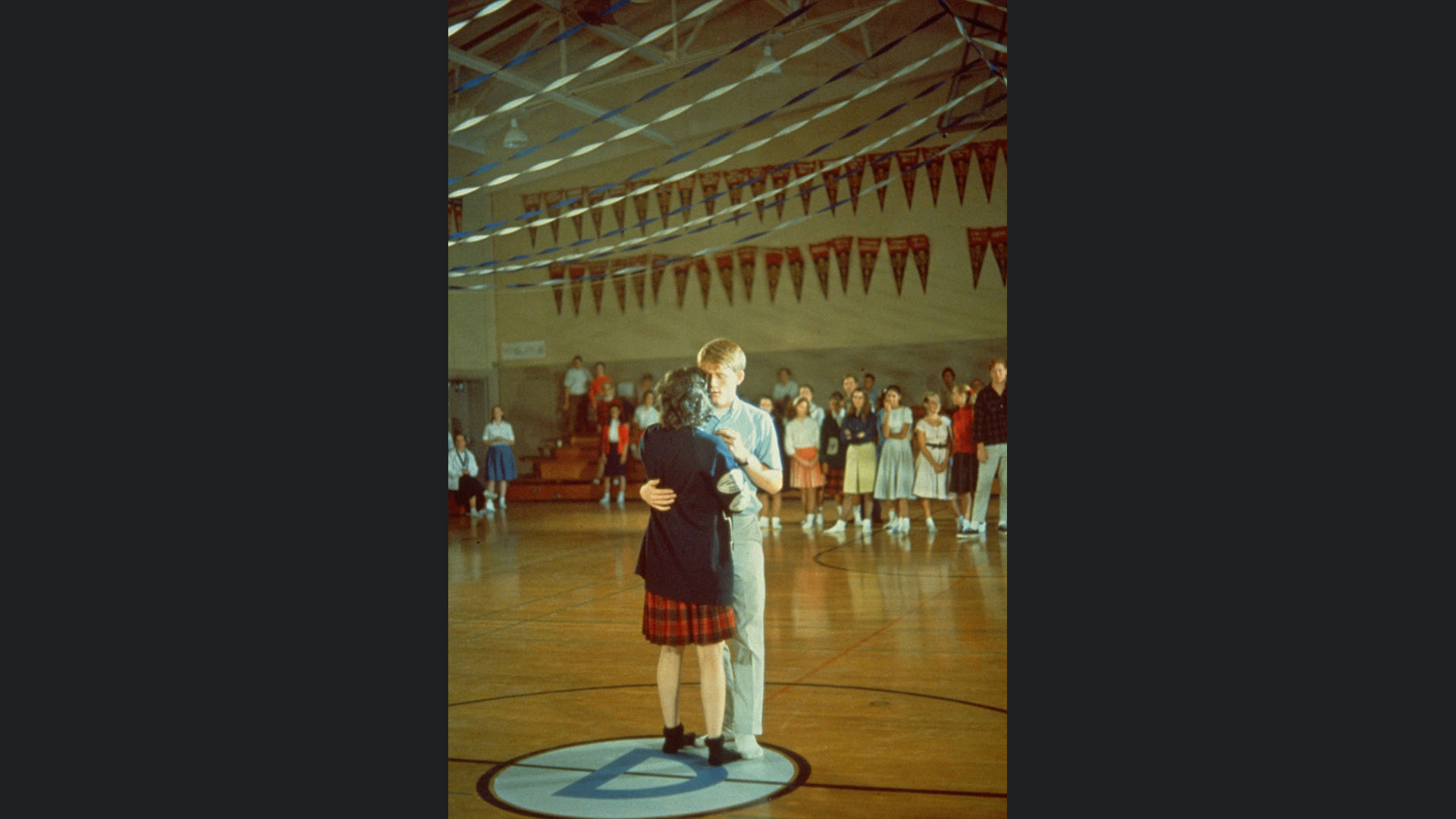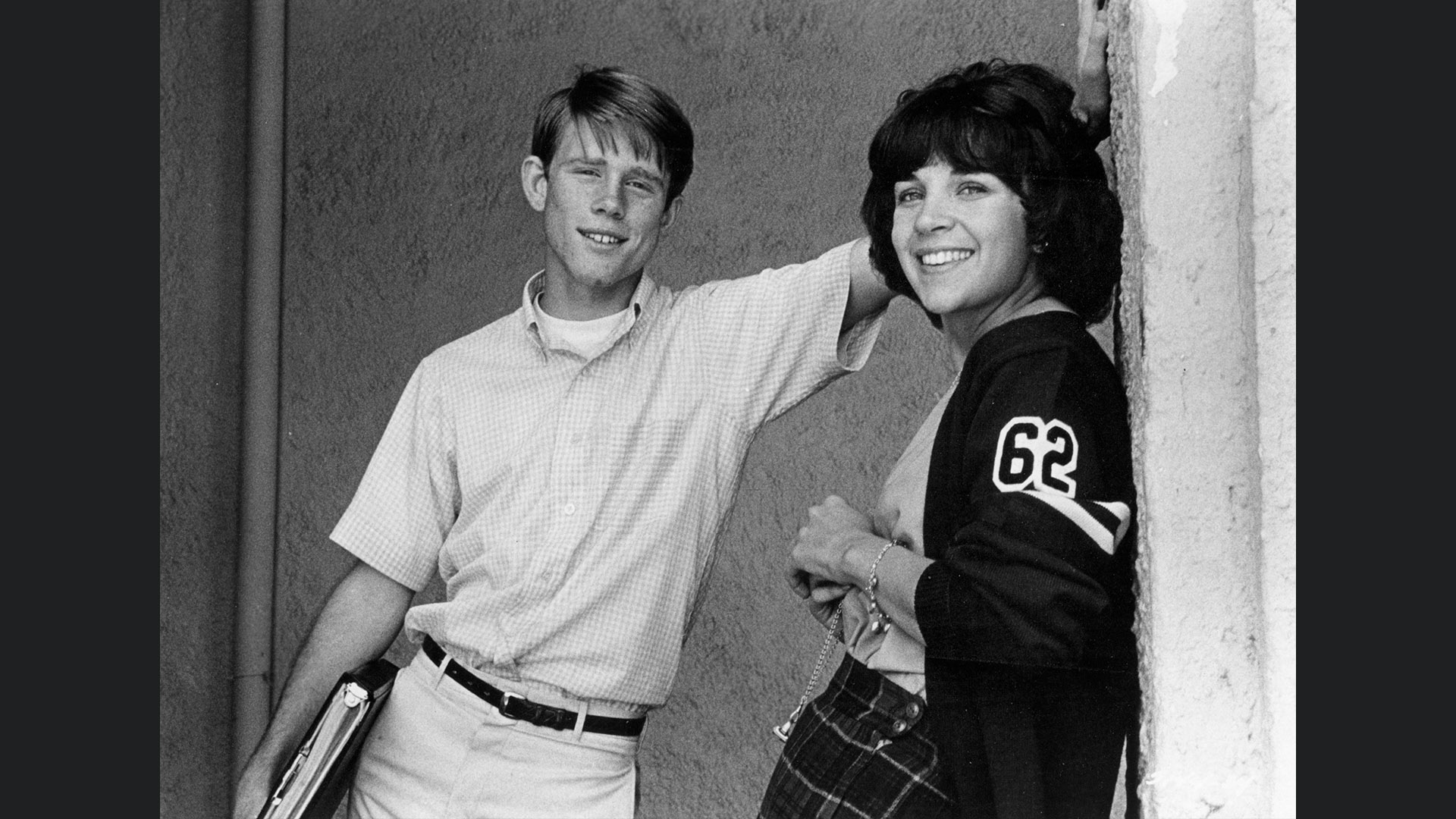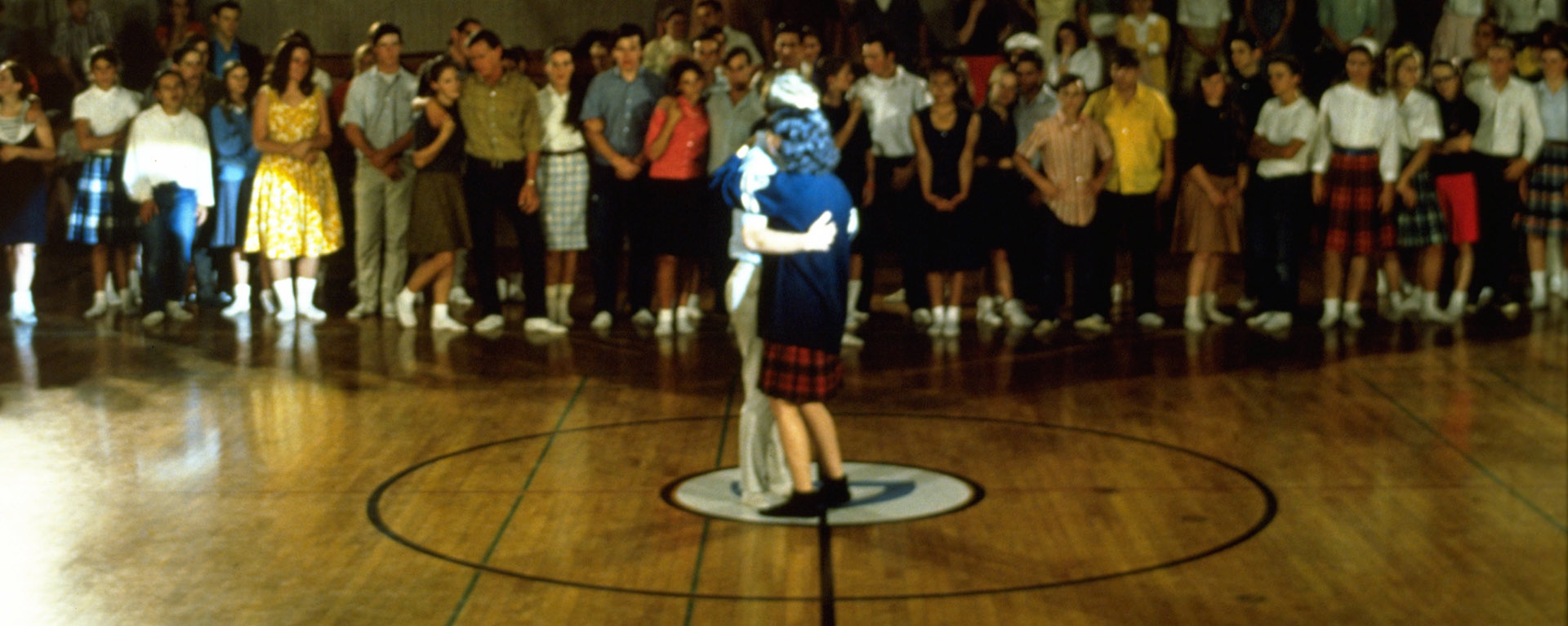Defining Moments: A Fateful Dance
Actors Cindy Williams and Ron Howard formed the dramatic heart of Lucasfilm’s first production.
“Defining Moments” is a continuing series exploring key scenes or sequences from Lucasfilm’s many productions. It examines storytelling craft, behind-the-scenes insights, and cultural legacies from each selection. Revisit an old favorite or discover something brand new…
Production: American Graffiti (1973)
Among the characters in American Graffiti’s coming-of-age story is Laurie Henderson, a self-assured young woman caught up in a relationship with her high school boyfriend, Steve Bolander. Much of their story involves Laurie’s distress over whether Steve will choose to leave town and attend college or remain at home. Her character had received significant input from director George Lucas’ co-writers Gloria Katz and Willard Huyck.
Cast as Laurie, Cindy Williams, who sadly passed away earlier this year, was one of the few of Graffiti’s young cohort of starring actors to already have feature film experience. In one of her screen tests, she joined actor Ron Howard in a scene that would become iconic in the final film.
When Steve and Laurie attend a high school dance, they begin to argue in the wings, only to be caught in the spotlight as the most popular couple on campus. Expected to dance as the crowd looks on, they gently sway to “Smoke Gets in Your Eyes” by The Platters, all the while continuing to argue under their breaths. Laurie is deeply in love, while Steve is detached, unsure of his true feelings. Young love is often fleeting, but deeply felt.

George Lucas had written Graffiti’s screenplay with music specifically in mind. Assigning classic songs to individual scenes, he intended to use the soundtrack to accent each moment’s emotional mood. “Smoke Gets in Your Eyes,” with melodramatic lyrics like “They asked me how I knew my true love was true,” heighten the drama of this heartening, semi-tragic romance.
Williams had chemistry with Howard, but she also brought a quick-witted personality and spunky temperament to the role. Her Laurie carried great depth of emotion that left the audience guessing what she might do next. (This would include playing scenes in a jet-black Chevrolet with a dangerous hot rodder played by the full-time carpenter and sometime actor Harrison Ford.)
Williams would explain years later that “the only research I did for this role was to read the script twice. I had actually lived that in my high school. My boyfriend who I was deeply in love with left me for another girl. He came to me and actually said, ‘I think we should date other people.’ It was very, very close to home in that respect…. I totally understood where this character was coming from….”
Williams earned a BAFTA nomination for best supporting actress for her portrayal of Laurie (only losing to the much more experienced Ingrid Bergman). The character set a valuable precedent for strong-minded leading ladies in Lucasfilm stories. Carrie Fisher’s Princess Leia in Star Wars: A New Hope (1977) and Karen Allen’s Marion Ravenwood in Raiders of the Lost Ark (1981) are among those who carried the precedent further.

Lucasfilm | Timeless stories. Innovative storytelling.
Lucas O. Seastrom is a writer and historian at Lucasfilm.

